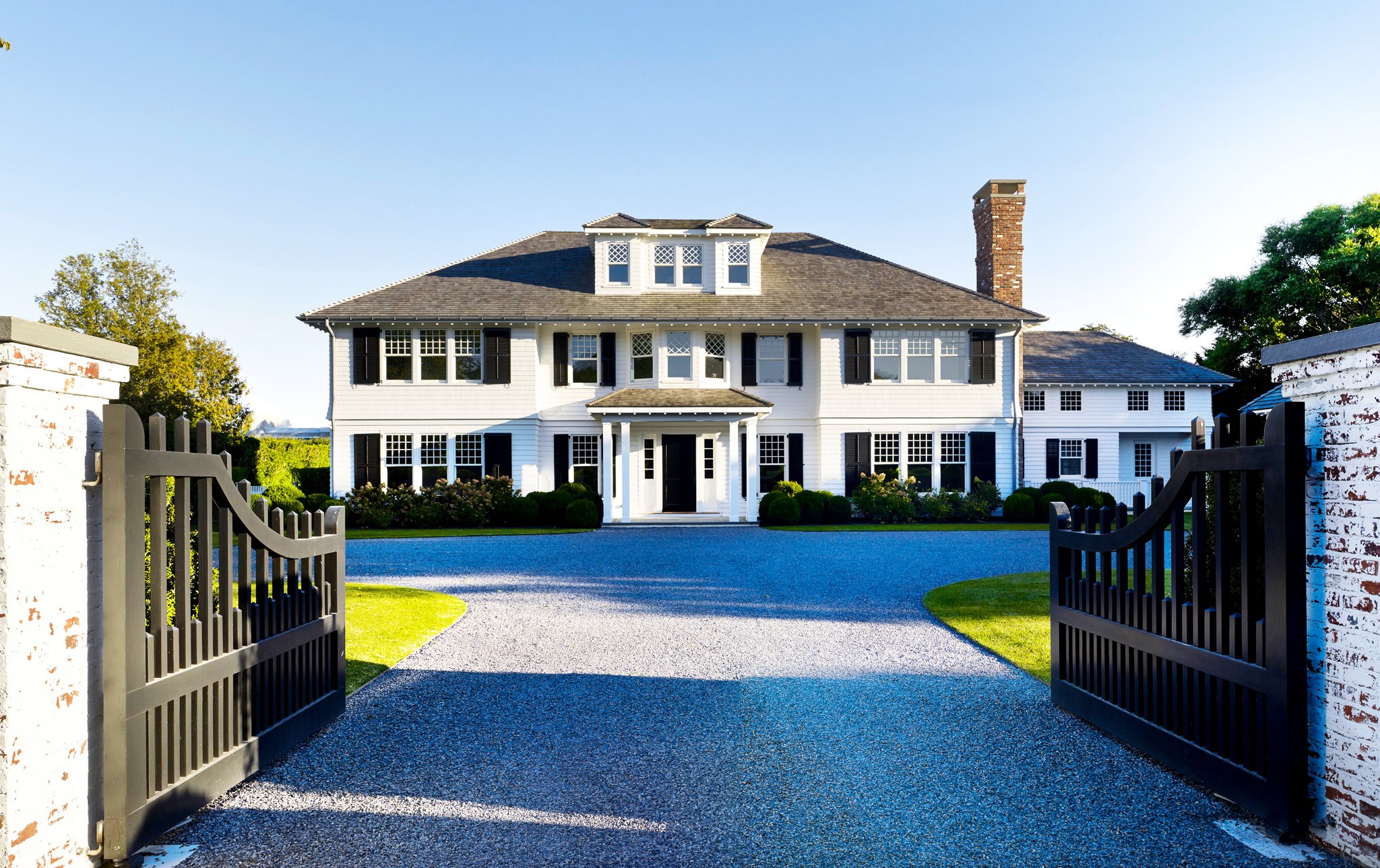Please note this information was last updated in April 2019. For some of the latest developments, visit our newsfeed.
The Hamptons, New York
A house in East Hampton, N.Y., that Dan Scotti built after demolishing the existing house, which had been owned by the author James Brady. (PETER MURDOCK)
THE PROBLEM:
As the Hamptons continue to grow, residents are becoming concerned about preserving the culture and character of their communities. Sag Harbor is among the Hamptons’ villages affected by rising real estate costs and competitive buying. The historic beach community has served as an oasis from racism since the early twentieth century. In the midst of post-World War II segregation many African-American families bought property in Sag Harbor Hills and the neighboring districts of Ninevah Beach and Azurest. Homes have since been passed down from generation to generation, and the communities have remained tight-knit. But as the Hamptons continue to become more expensive, investors are pushing to develop Sag Harbor and nearby enclaves. Properties are being purchased and registered by LLCs, presumably to be demolished, replaced by larger homes, and sold for profit. Beverly Granger of Sag Harbor told the New York Times, “It feels like a hostile takeover....People are very aggressively buying up properties and wanting to put bigger homes that are out of character for the community. It just feels different.”
PROPOSED SOLUTIONS:
In 2015 the East Hampton Village Board adopted zoning code amendments that limit principal structures to 7% of a lot area plus 2,200 square feet. An ordinance in Southampton was proposed in February 2018 to restrict “gross floor area” to 10% of a property plus 1,500 square feet. In 2016 the Sag Harbor Village Board passed legislation limiting house size based on lot size. The maximum house size permitted is 4,000 square feet which can only be build on lots 25,000 square feet or larger.
PROGRESS:
Although the proposed legislation is an improvement, these regulations still enable construction of excessively large homes.
— Cassie Dana, One Big Home Researcher
THE EAST
HAMPTON STAR:
East Hampton Village house size limits adopted
NEW YORK TIMES: Investors move next door, unsettling a black beachside enclave
THE WASHINGTON POST:
Historically black beach enclaves are fighting to save their history and identity
VANITY FAIR:
The battle of Sag Harbor: historic homes, pricey penthouses, and scores of subpoenas
THE EAST
HAMPTON STAR:
New house a 'poster child' for problems cited in Sag Harbor petition
SAG HARBOR EXPRESS:
Call for Sag Harbor moratorium as neighbors cry foul over reconstruction of Main Street house
NEW YORK TIMES: Razing the Hamptons
NEWSDAY:
Oversized mansions targeted in new laws restricting home size in Hamptons villages
NEW YORK TIMES: Hamptons McMansions herald a return of excess
NEWSDAY:
Southampton may alter code to limit size of new homes in village
NEW YORK POST: Hamptons largest home hits the market for $35M
SAG HARBOR EXPRESS:
East End effort pops up to counter "not in my backyard" mindset
27EAST:
Sag Harbor Village Board adopts law limiting house sizes
THE HAMPTONS PROFILES:
Michael Daly
Realtor, Sag Harbor, New York
“Development pressure has existed for generations, but especially since the baby boom generation spread their wings in the late ‘90s and gentrified the region, especially the South Fork, also known as the Hamptons. Thousands of acres have been developed, and thousands of homes have been put in dumpsters, to make way for new homes with pool, tennis, theaters, and gyms to meet the requirements of that generation.”
View Michael’s profile


